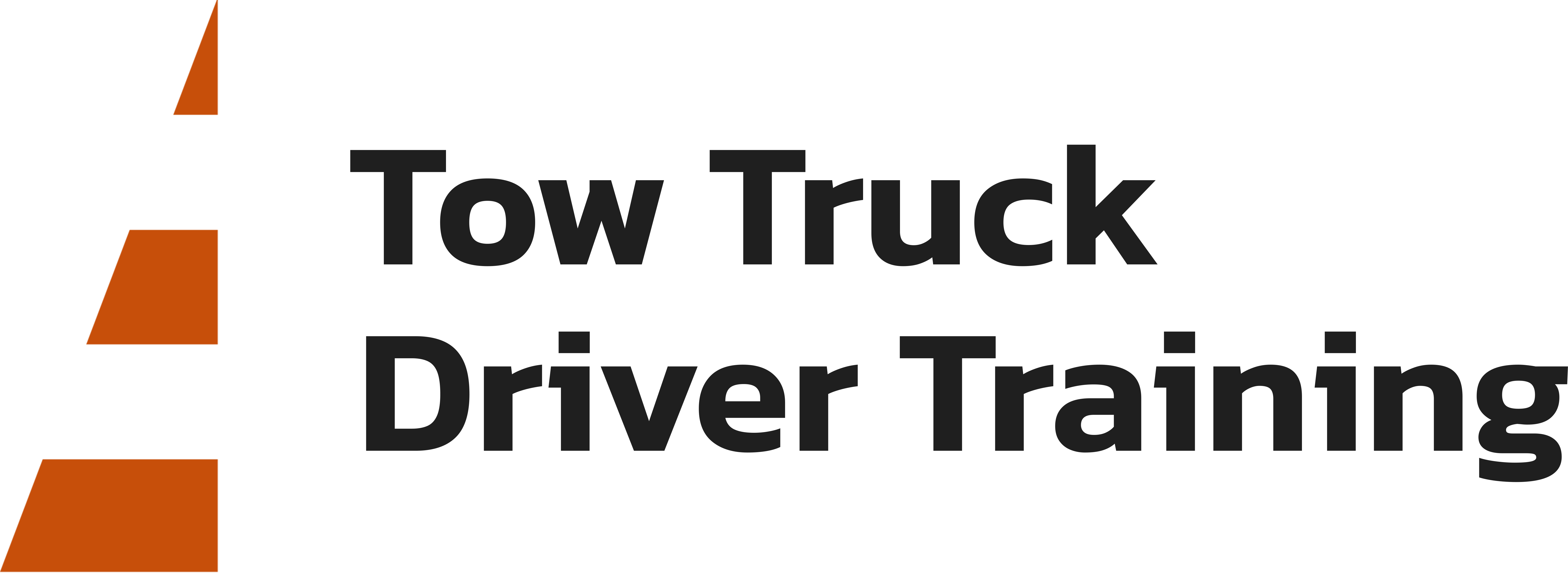5. QUIZ: On-Scene Safety Measures & Management
Quiz Summary
0 of 23 Questions completed
Questions:
Information
You have already completed the quiz before. Hence you can not start it again.
Quiz is loading…
You must sign in or sign up to start the quiz.
You must first complete the following:
Results
Results
0 of 23 Questions answered correctly
Your time:
Time has elapsed
You have reached 0 of 0 point(s), (0)
Earned Point(s): 0 of 0, (0)
0 Essay(s) Pending (Possible Point(s): 0)
Categories
- Not categorized 0%
- 1
- 2
- 3
- 4
- 5
- 6
- 7
- 8
- 9
- 10
- 11
- 12
- 13
- 14
- 15
- 16
- 17
- 18
- 19
- 20
- 21
- 22
- 23
- Current
- Review
- Answered
- Correct
- Incorrect
-
Question 1 of 23
1. Question
Why is it crucial for tow truck drivers and other responders to contact dispatch personnel to verify a disabled vehicle scene?
CorrectIncorrect -
Question 2 of 23
2. Question
Why is accurate hazard assessment crucial in emergency response?
CorrectIncorrect -
Question 3 of 23
3. Question
What is the primary purpose of angling the front wheels 45° when parking a towing vehicle at an incident?
CorrectIncorrect -
Question 4 of 23
4. Question
Why is it important to specify the direction of travel when identifying lanes during an incident response?
CorrectIncorrect -
Question 5 of 23
5. Question
What is the significance of providing location descriptors when identifying lanes during an incident response?
CorrectIncorrect -
Question 6 of 23
6. Question
What is the primary goal of setting up a safe working zone on low-speed two-lane roads during an incident?
CorrectIncorrect -
Question 7 of 23
7. Question
What should tow truck operators be cautious of when working on rural roads?
CorrectIncorrect -
Question 8 of 23
8. Question
Why is awareness of road configurations like roundabouts and blind corners important for tow truck drivers?
CorrectIncorrect -
Question 9 of 23
9. Question
Under what circumstances should additional roadside safety assistance be requested by responders?
CorrectIncorrect -
Question 10 of 23
10. Question
What tools and procedures are commonly used to identify hazardous materials (hazmat) at an incident scene?
CorrectIncorrect -
Question 11 of 23
11. Question
Why is proper placement of crash vehicles essential in emergency response and incident management?
CorrectIncorrect -
Question 12 of 23
12. Question
What role do Incident Action Plans (IAPs) play in influencing the staging of vehicles at accident sites?
CorrectIncorrect -
Question 13 of 23
13. Question
When is it advisable to park a tow truck at the front of a disabled vehicle, also known as “nose-to-nose” positioning?
CorrectIncorrect -
Question 14 of 23
14. Question
What is the primary purpose of turning the wheels of a tow truck away from a job site and away from other on-scene personnel?
CorrectIncorrect -
Question 15 of 23
15. Question
Why is engaging the parking brake an essential safety practice for tow truck operators?
CorrectIncorrect -
Question 16 of 23
16. Question
Why is advanced warning crucial in road safety management?
CorrectIncorrect -
Question 17 of 23
17. Question
What is the primary advantage of providing advanced placement of warnings in safety strategies?
CorrectIncorrect -
Question 18 of 23
18. Question
Why do tow truck drivers prefer using controls on the vehicle’s passenger side whenever possible?
CorrectIncorrect -
Question 19 of 23
19. Question
Why do tow truck drivers avoid laying tools and equipment on the live side of the truck during towing operations?
CorrectIncorrect -
Question 20 of 23
20. Question
Why do tow truck drivers prefer conversing with a customer from the passenger side of a disabled vehicle?
CorrectIncorrect -
Question 21 of 23
21. Question
Why should tow truck drivers avoid towing a vehicle with its drive axles on the ground?
CorrectIncorrect -
Question 22 of 23
22. Question
When transporting an all-wheel-drive (AWD) vehicle, what is the primary concern that tow truck operators must address?
CorrectIncorrect -
Question 23 of 23
23. Question
What should service providers do to safely disconnect a vehicle’s battery pack, especially in the context of electric or hybrid vehicles?
CorrectIncorrect
